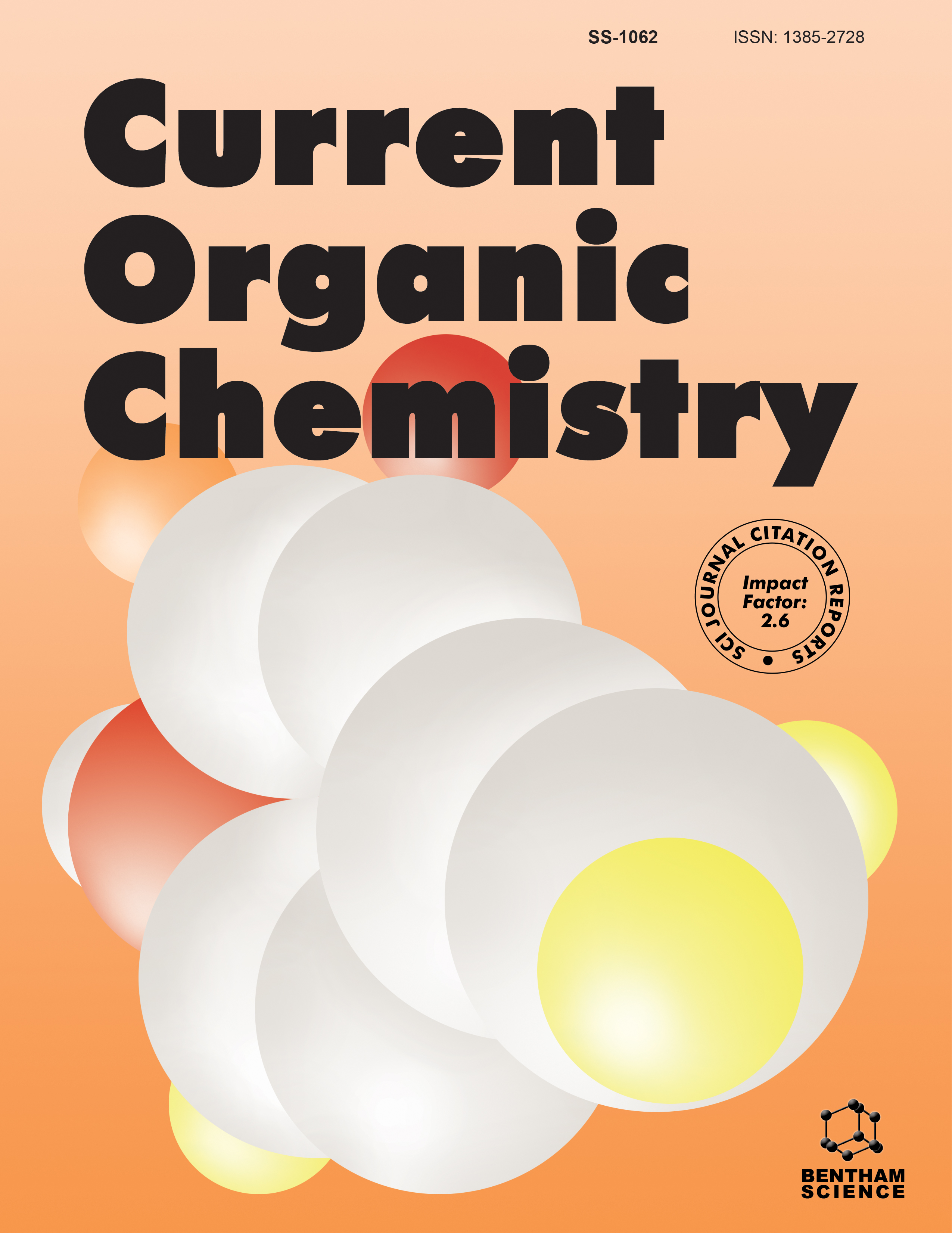- Home
- A-Z Publications
- Current Organic Chemistry
- Previous Issues
- Volume 5, Issue 8, 2001
Current Organic Chemistry - Volume 5, Issue 8, 2001
Volume 5, Issue 8, 2001
-
-
Structures and Properties of Multi-stranded Nucleic Acids
More LessAuthors: A.N. Lane and T.C. JenkinsNucleic acids exist in a number of structural states that may comprise one to four strands. Common features involve base-stacking and pairing of complementary bases via H-bonded interactions, although a wide variety of pairing motifs are found in higher-order structures. Another property is the marked flexibility of nucleic acids reflected in their solution behaviour, thermodynamic stability and interactions with proteins and s Read More
-
-
-
Structural Studies of the Klentaq1 DNA Polymerase
More LessAuthors: Y. Li and G. WaksmanDNA polymerase I enzymes have served as model systems to study the mechanism of template-directed DNA polymerization. This process requires that the enzyme cycles through a series of conformational changes, each cycle leading to the incorporation of a nucleotide to the primer strand of the DNA. The kinetics of nucleotide incorporation has been extensively studied leading to the definition of specific steps along the cycle. Read More
-
-
-
Replicating DNA Differently
More LessAuthors: Z-y.J. Zhan, J. Ye, X. Li and D.G. LynnThe replication reaction provides the molecular source for mutation, selection and evolution in biology. This reaction also requires two additional stages, transcription and translation, functioning cooperatively, to construct the materials necessary to transfer the genome accurately to progeny. These three stages together constitute biologys Central Dogma, a term that highlights their presence in all autonomous replicating orga Read More
-
-
-
Regulating Gene Expression: The Design of Synthetic Transcriptional Regulators
More LessBy A.Z. AnsariGene expression is a central phenomenon in all organisms. The first step in the expression of a gene is the transcription of the DNA to generate a messenger RNA, which is subsequently translated to a protein. In response to cellular and environmental cues regulatory proteins, known as transcriptional activators or repressors, either enhance or inhibit transcription of specific genes. Here, a summary of our current unders Read More
-
Volumes & issues
-
Volume 29 (2025)
-
Volume 28 (2024)
-
Volume 27 (2023)
-
Volume 26 (2022)
-
Volume 25 (2021)
-
Volume 24 (2020)
-
Volume 23 (2019)
-
Volume 22 (2018)
-
Volume 21 (2017)
-
Volume 20 (2016)
-
Volume 19 (2015)
-
Volume 18 (2014)
-
Volume 17 (2013)
-
Volume 16 (2012)
-
Volume 15 (2011)
-
Volume 14 (2010)
-
Volume 13 (2009)
-
Volume 12 (2008)
-
Volume 11 (2007)
-
Volume 10 (2006)
-
Volume 9 (2005)
-
Volume 8 (2004)
-
Volume 7 (2003)
-
Volume 6 (2002)
-
Volume 5 (2001)
-
Volume 4 (2000)
Most Read This Month
Article
content/journals/coc
Journal
10
5
false
en


